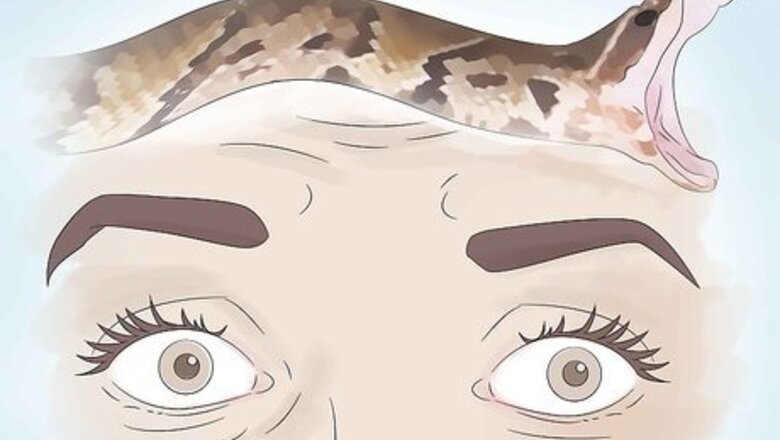
views
X
Research source
Whether this fear is the result of a personal experience, or the result of misinformation that has been spread through popular media and culture, "ophidiophobia" nonetheless remains one of the most common phobias amongst adults.
Confronting Your Fear of Snakes
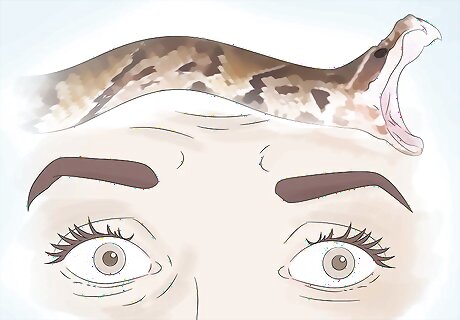
Know that there are three main causes of "ophidiophobia." A person can develop a fear of snakes if he or she has personally been threatened; has witnessed a threatening event; or has "learned" to fear snakes for any reason. This fear can be learned from popular film and television, books, social media, or even word-of-mouth. Regardless of the reason, this fear is the result of an individual having been "conditioned" to feel fear in the presence of snakes. That is, this fear is not natural, but instead, "learned." Most of these fears generate during an individual's childhood. A therapist will help you to "unlearn" these fears.

Write down everything about snakes that scares you. What is it about them that scares you? What do you think about them? Try describing them... It may turn-out that are have some misconceptions about snakes.

Identify your type of fear. Knowing what specifically caused your fear of snakes will help you better overcome your fear. Were you simply misinformed about the behavior of snakes? Do you hate the way they look? Have you been bitten? A person who has been traumatized by a personal experience may need to undergo counseling before seeking out any type of exposure therapy. Most cases of "ophidiophobia" are caused by misinformation and popular media. Knowing exactly why you are afraid of snakes can help you overcome your fear.
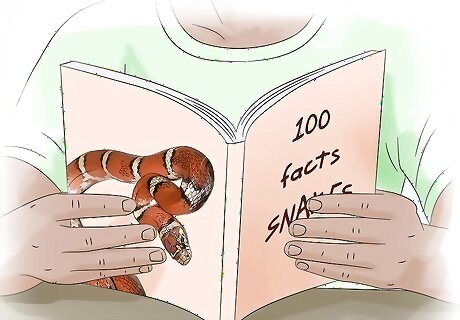
Become an expert. You should learn as much as you can about whatever scares you. In this case, begin with your list and start researching facts about snakes. Are your assumptions correct? Are your fears justified? If you have learned to fear snakes from popular media or word of mouth, you will need to unlearn these fears by researching hard facts.

Watch videos of snakes. Look at photographs of snakes and watch documentaries. Try to familiarize yourself with the "enemy" as best you can by observing how they move, socialize and act.
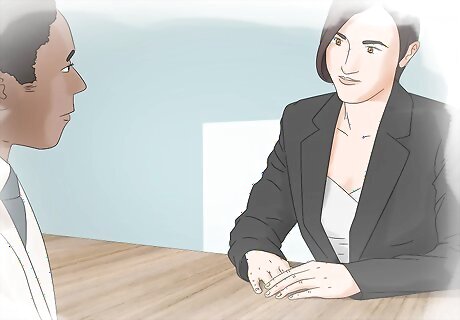
Consult a therapist. A specialist will be able to help you further understand your fear of snakes, and will be able to provide specific exercises to not only overcome your fear, but to help you maintain your calm during anxiety producing situations. It’s always easier to get over a fear if you have help from someone who cares for you and supports you.
Overcoming Your Fear of Snakes
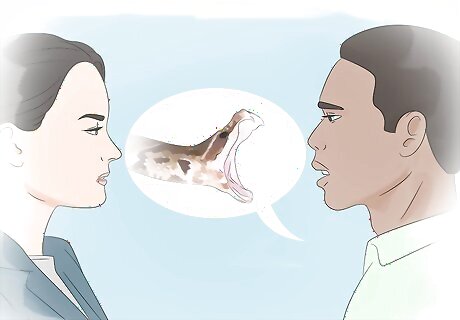
Consider discussing your fear with a qualified therapist. He or she will be able to more accurately guide you through your effort to overcome your fear of snakes. This may be the case if your fear has been caused by a personal trauma or bad experience. A therapist will prescribe a series of activities or exercises that are designed to undo any "conditioning" that you may have undergone. In extreme cases, many hours of conditioning therapy may be required before starting any exposure therapy.
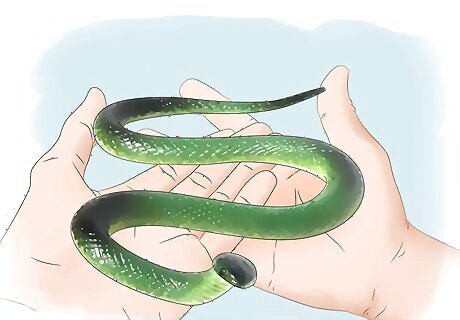
Handle a toy snake. This may be very difficult at first, so be sure to begin with the most non-threateing type of toy snake that you can find. A stuffed animal will more-than-likely present less of a threat to a person with ophidiophobia than a rubber replica that looks like the real thing.
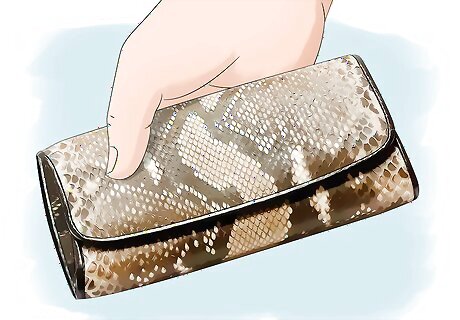
Feel the texture of a snakeskin. Once you feel comfortable with handling a toy snake--and the idea of potentially handling a living one--track down an article of clothing made from an actual snake's skin. Run your fingertips over the texture and pay attention to the scales. How does the skin feel? Does it feel as you expected? Try to imagine a living snake moving against your skin.
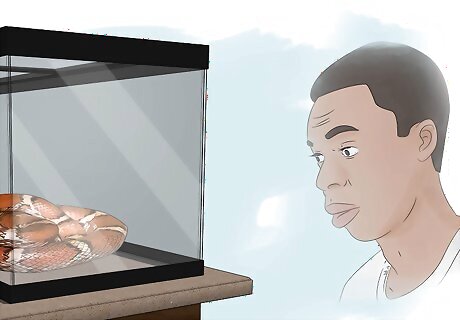
Observe a living snake. If you have a friend that keeps a pet as a snake, this will be easy. If not, try visiting your local pet store to see if they have any snakes for sale. No, you will not be buying one; but will instead be watching safely from the other side of the glass. If you have a zoo near you, try visiting their reptile exhibit. Pay attention to the snake's movements. If the snake is coiled-up, it may be cold and trying to maintain its body temperature.

Visit a nature center to get even closer to a snake. At your local nature center you will be able to pet a snake without actually having to hold one. You will also be able to watch them interact with one another in conditions that more resemble nature. The animal handler will be able to answer any questions you may have about snakes. Be prepared to see a variety of snakes. Only get as close to the snake as you feel comfortable.
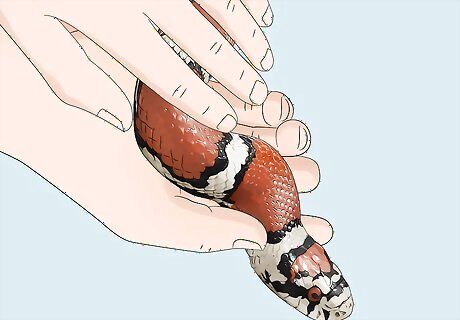
Handle a living snake. When you are ready, return to the nature center to handle a snake. While you can do this at your local pet store, your local pet store may not specialize in snakes and may not be prepared to answer your questions or know how to properly handle or introduce them.















Comments
0 comment